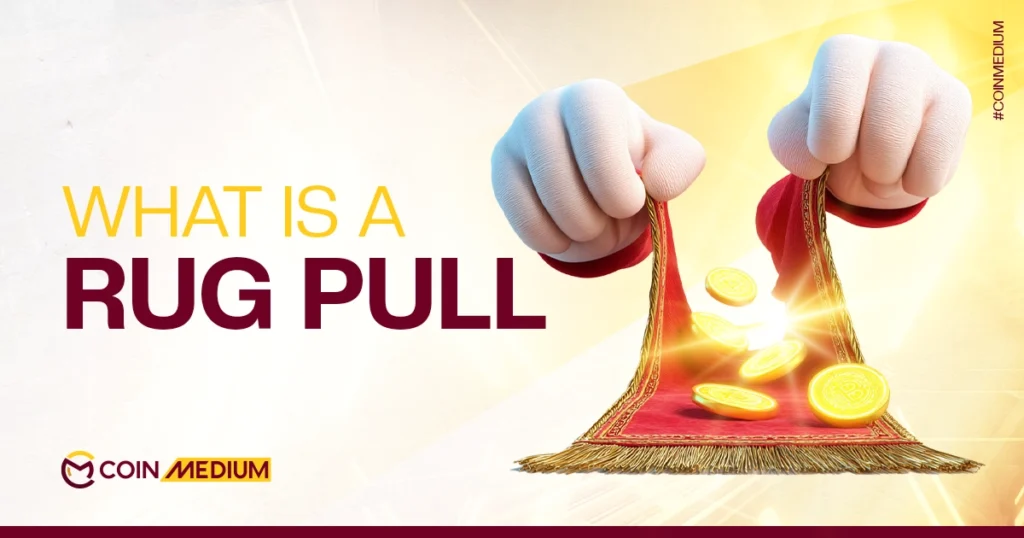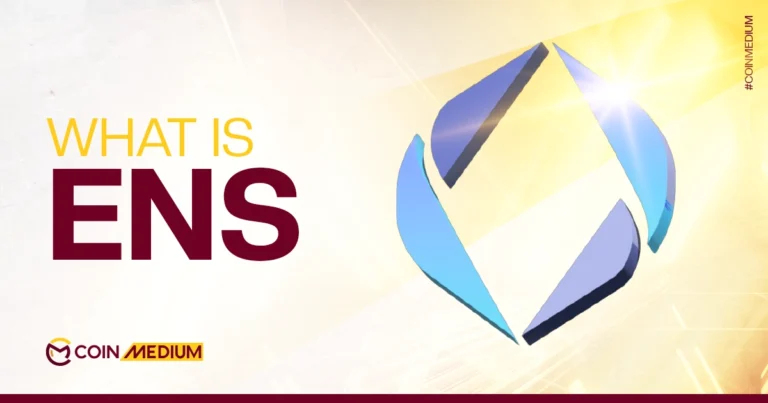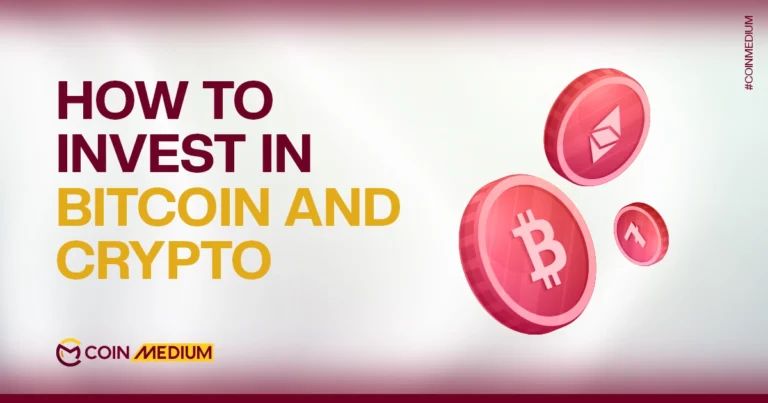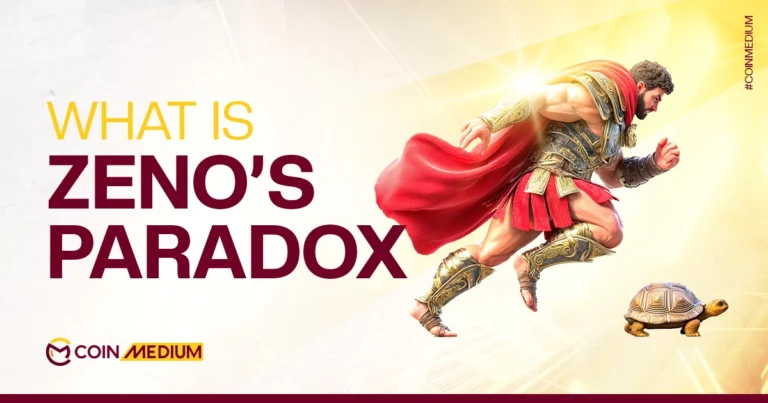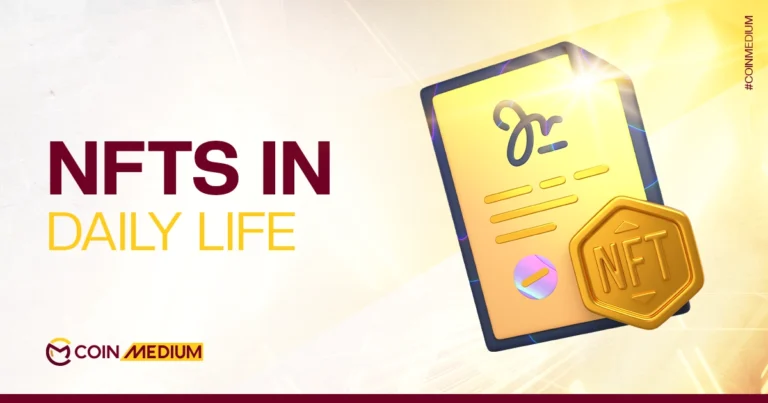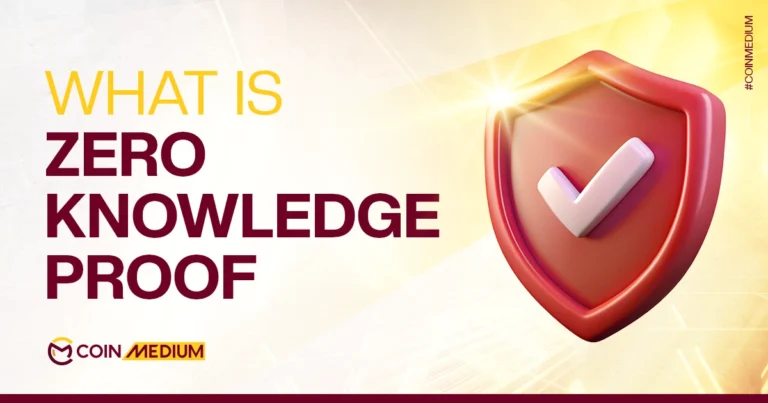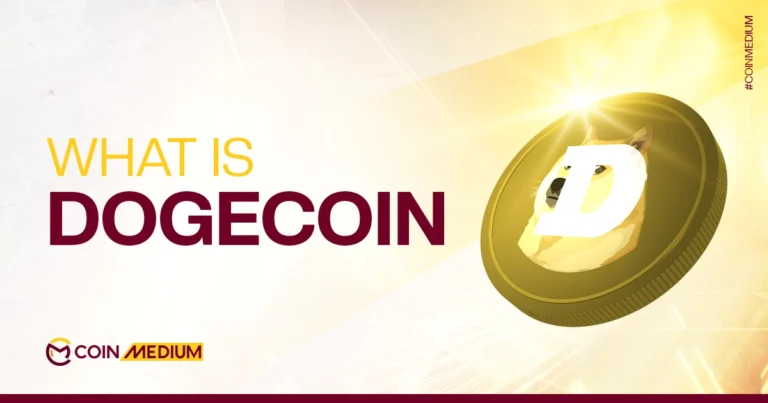- What are the different types of rug pulls, and how do they work?
- How do automated market makers and liquidity pools create opportunities for rug pull scams?
- What warning signs should I look for to avoid falling victim to a rug pull?
- What strategies can I use to protect my investments in the cryptocurrency market?
The world of cryptocurrency provided economic liberty to investors, but it also brought with it one of the worst internet cons: the rug pull. Consider investing your hard-earned cash in what appears to be the next hot cryptocurrency venture, only to wake up one morning and discover that the developers have disappeared with your money. It happens frequently, and being aware of how these scams work may help you avoid losses if you are trading in the crypto world.
Rug pulls are becoming common in digital asset markets, siphoning billions from investors who perceive they have found the next big thing. The scam is simple: developers create a new project or token, hype it up as an opportunity, and then abandon the project and run off with the funds. The terminology is colloquial, but the implications are brutal. Investors have lost anywhere from a couple of hundred dollars to everything they have in these schemes.
The Machinery Behind Modern Crypto Trading
Understanding rug pulls requires grasping automated market makers (AMMs), the engine driving most cryptocurrency trading today. AMMs replace human intermediaries with mathematical formulas and smart contracts (self-executing programs on blockchain networks). AMMs pool cryptocurrency from multiple sources into communal reserves. To understand this, picture a digital vault containing two different cryptocurrencies: say, Ethereum and Dogecoin. When traders swap one for the other, they interact directly with this pool. An algorithm automatically calculates exchange rates based on the ratio of assets in the vault. People who deposit cryptocurrency into these pools, called liquidity providers, earn fees from each trade of the cryptocurrency in the vault.
The system works well when everyone operates honestly. But it creates unprecedented opportunities for fraud. Developers launching new tokens control these liquidity pools in their early stages, and that control becomes a weapon in the wrong hands.
For rug pulls, decentralized exchanges are the hotspots. Unlike traditional platforms that require ID checks and monitoring, decentralized exchanges let people trade almost anonymously. The lack of regulatory oversight means no authority monitors new token launches for warning signs. Scammers operate in a regulatory void, launching projects one day and disappearing the next, leaving virtually no trail.
The Four Faces of a Rug Pull
Rug pulls are mainly done in four different ways, each with unique mechanics but identical outcomes: devastated investors holding worthless tokens. Let us have a look at all four.
Liquidity Vanishing Act
The most straightforward rug pull involves draining the liquidity pool itself. Developers create a token and establish a trading pool on an AMM, contributing their own cryptocurrency alongside the new tokens. They market the project aggressively, promising revolutionary technology or massive returns.
As investors buy the new tokens, the liquidity pool swells with real cryptocurrency like Ethereum or Bitcoin. Once the pool reaches a size worth stealing, developers withdraw all the liquidity simultaneously, leaving the token with no backing whatsoever. The effect is instantaneous and catastrophic. Investors cannot sell because there is no liquidity to sell into. They are left holding digital tokens that are like tickets to an arcade that has closed permanently.
Restricting the Exit
Perhaps the most insidious type of rug pull involves manipulating the token’s code to prevent investors from selling. Developers write smart contracts with hidden functions that allow only certain addresses to complete sell transactions. Everyone else finds themselves locked in, unable to exit.
The scam unfolds in stages. The token launches with seemingly normal trading functionality. Early buyers purchase freely, and some might sell small amounts successfully to test the waters. As more investors pile in, the token’s price climbs on pure buying pressure.
Then the trap sets in. When regular investors attempt to sell, their transactions fail. Meanwhile, the developers sell massive quantities without restriction, cashing out at inflated prices while everyone else watches helplessly.
The code accomplishes this through various mechanisms. Some contracts whitelist specific addresses, allowing only those wallets to sell. Others implement hidden fees on sales that equal or exceed one hundred percent, making transactions impossible. This type of rug pull creates psychological torture, as victims watch their holdings rise and fall on paper but cannot access any of those digital assets.
The Pump and Dump
The third category involves developers holding massive quantities of tokens and selling them all at once, devastating the market in one go. Developers typically reserve substantial token allocations for themselves during project creation, justifying these holdings as necessary for development funding or team compensation.
Once the token gains traction and appreciates, developers dump their holdings, flooding the market with supply. Buy orders cannot absorb this sudden avalanche, so prices crater by 70-90% within minutes.
Sophisticated dumping operations involve market manipulation first. Developers coordinate to create artificial buying pressure using multiple accounts or trading bots. This drives prices upward while creating the appearance of organic demand. Social media amplifies the effect.
At a predetermined peak, developers dump their holdings, selling massive quantities simultaneously. They exit with substantial profits, while investors who bought during the pump suffer catastrophic losses.
The Slow Rug
The last type of rug pull shows that not all of them happen suddenly. The fourth type unfolds gradually as teams abandon projects without formal announcements. Updates become infrequent, then stop entirely. Community questions go unanswered. Promised features never materialize. Team members stop appearing in public forums.
This slow-motion collapse creates different devastation. Unlike sudden drains or dramatic dumps, the slow fade keeps investors hoping for a recovery that never comes. Sometimes this stems from genuine failure rather than premeditated fraud. Other times, abandonment was always the plan once initial funds were collected.
The slow fade proves particularly painful because it leaves room for false hope. Prices decline gradually rather than crashing instantly. Some investors see dips as buying opportunities. Others hold on. The denial extends the suffering, with many investors holding on to their tokens all the way to zero.
Hall of Shame: When Frauds Make History
The Squid Game Token is one of the most famous examples of a rug pull. The token’s value skyrocketed as speculators rushed to buy. Then victims discovered that the smart contract code prevented them from selling. They could only watch as developers sold their holdings and vanished. Investors got trapped in an inescapable financial game that mirrored Netflix show’s namesake dark premise.
Another example is what Meerkat Finance did. It showed how rug pulls related to stealing liquidity from a pull work. The company launched on Binance Smart Chain and immediately attracted millions in deposits to its yield farming vaults. The project looked legitimate with locked liquidity pools that supposedly protected investors. Just one day after launch, the developers drained 73,653 BNB and 13.96 million BUSD from the liquidity pools through hidden smart contract functions. The “locked” liquidity turned out to be an illusion. Investors could not withdraw their funds because the pools had been emptied. The developers claimed hackers were responsible, but the evidence pointed to an inside job.
Another famous rug pull is related to the Bored Bunny NFT project launched in December 2021 with extravagant promises that included branded merchandise, a private metaverse, 10x returns within days, and celebrity endorsements like Floyd Mayweather. The creators held massive amounts of the tokens and hyped the project across social media. Once enough buyers drove up the price, the development team sold their entire stash in one coordinated dump. The token price crashed to nearly zero within hours. They then deleted the website and abandoned all social channels, leaving investors holding worthless digital images and broken promises.
How to avoid rug pulls?
For beginners, it is easy to fall into rug pull traps, like the one seen with the Bored Bunny NFT. Anonymous teams represent the biggest warning signal of a rug pull. Legitimate projects feature developers willing to attach their real names and reputations to their work. When teams hide behind pseudonyms or fake profiles, question what they are hiding.
Absence of third-party security audits raises another major flag. Reputable projects submit smart contracts to independent security firms for analysis. Projects avoiding audits often hide code that lets developers drain liquidity or prevents regular investors from selling.
Unrealistic promises should trigger immediate suspicion. Revolutionary innovations don’t need to oversell themselves with impossible guarantees.
Aggressive marketing campaigns creating artificial urgency often signal trouble. Legitimate projects let their technology speak for itself. Scammers rely on hype, fear of missing out, and pressure tactics.
Locked liquidity provisions deserve scrutiny. Projects without protections give developers easy exit opportunities. Another indicator is community engagement, which reveals project legitimacy. Active communities with substantive technical discussions suggest genuine projects. Dead social channels or communities consisting primarily of spam indicate problems.
Investment wisdom in crypto remains unchanged from traditional finance: never invest more than you can afford to lose completely. Research extensively before committing funds. Diversify holdings to limit single-point failure risks. And when something seems too good to be true, it almost certainly is.
The crypto space continues evolving, with innovations genuinely transforming finance. But it also remains a frontier where predators thrive on the naive and unprepared. Understanding how rug pulls work and recognizing the warning signs represents the best defense against becoming another victim of cryptocurrency fraud.



